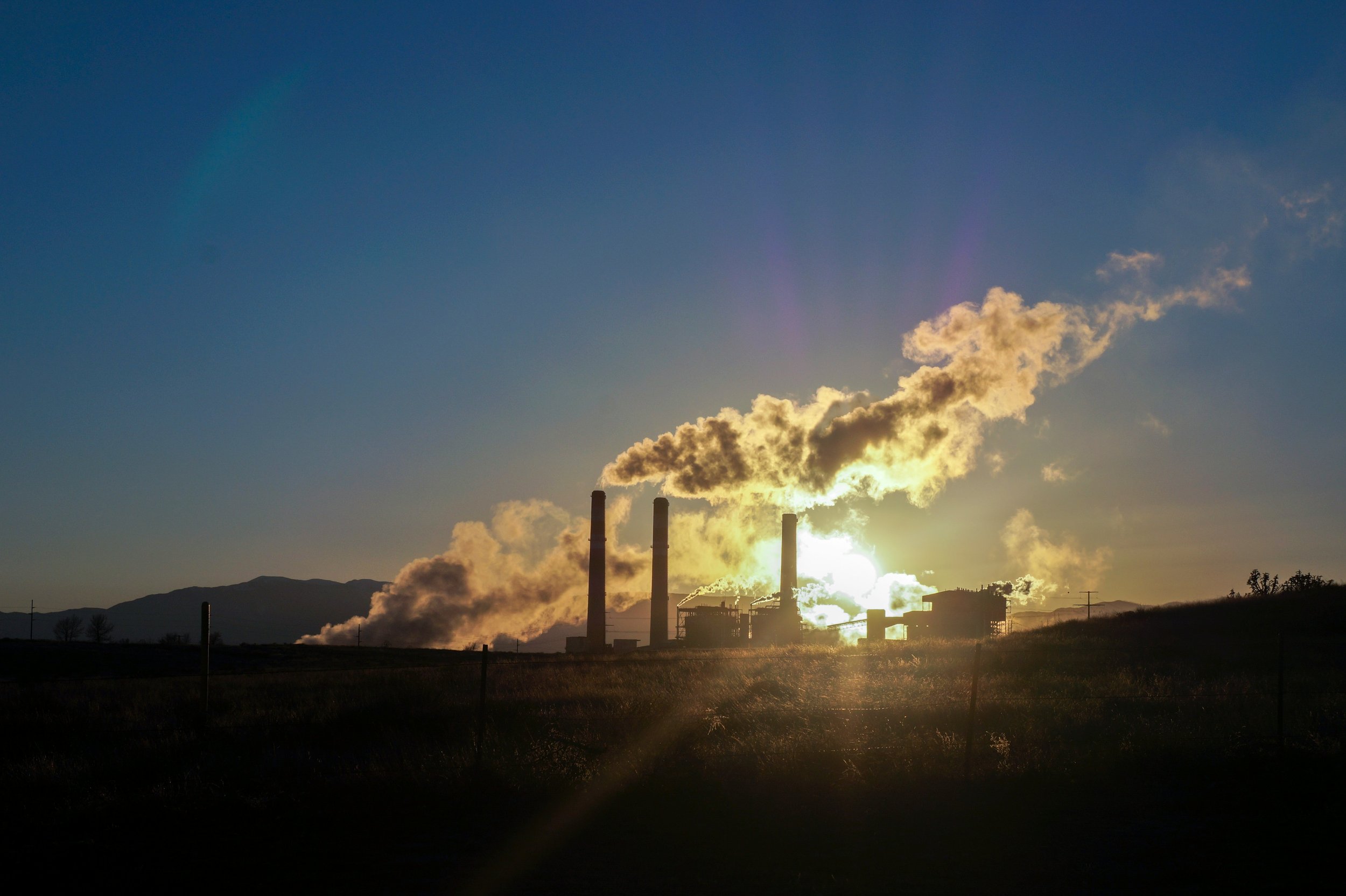
Cement & Clinker Production
The Environmental Impact of
Cement and Clinker Production
Cement and clinker production is vital for global infrastructure, producing over 4 billion tonnes of cement annually. However, this industry is also a significant contributor to climate change, accounting for approximately 7-8% of global CO₂ emissions.
Key sources of emissions include:
Calcination Process: The conversion of limestone (calcium carbonate) to lime releases large amounts of CO₂.
Fossil Fuels: The high temperatures required in clinker kilns rely on burning coal, oil, or natural gas, further increasing emissions.
With the growing demand for cement in urbanisation and construction, adopting sustainable technologies is essential to achieve net-zero targets.
7-8%
of global
emissions.
Tree Associates’ carbon capture technology is designed to address the specific challenges of cement and clinker production, capturing over 99% of CO₂ emissions directly from kilns or other high-emission sources.
Key Features of Our CO₂ Capture Technology:
Efficient Capture: Captures CO₂ at its source and converts it into a liquid state for sequestration or reuse.
Retrofit Capability: Easily integrates into existing cement production facilities without major infrastructure changes.
Scalability: Suitable for both small and large-scale production plants.
By incorporating this advanced technology, cement manufacturers can significantly reduce their environmental impact while maintaining operational efficiency.
The Benefits of Carbon Capture for Cement and Clinker Production
Major CO₂ Emission Reduction
Capture and sequester emissions directly from production processes, helping achieve sustainability goals.
Align with global climate initiatives and regulatory standards.
Supports Circular Economy
Captured CO₂ can be reused in:
-Synthetic fuel production.
-Concrete and aggregate materials.
-Chemical manufacturing.Enables the industry to transform emissions into valuable resources.
Energy Efficient and Cost Saving
Advanced cooling and compression systems optimise energy use.
Retrofitting existing systems minimises costs and avoids production disruptions.
Future-Proofing the Industry
Stay competitive in a market shifting towards sustainability.
Build a reputation as a leader in eco-friendly cement manufacturing.
Cement Industry Leaders
Adopting CO₂ Capture
These initiatives demonstrate the UK's cement industry's commitment to adopting innovative CCS technologies to mitigate environmental impact and contribute to global climate change efforts.






